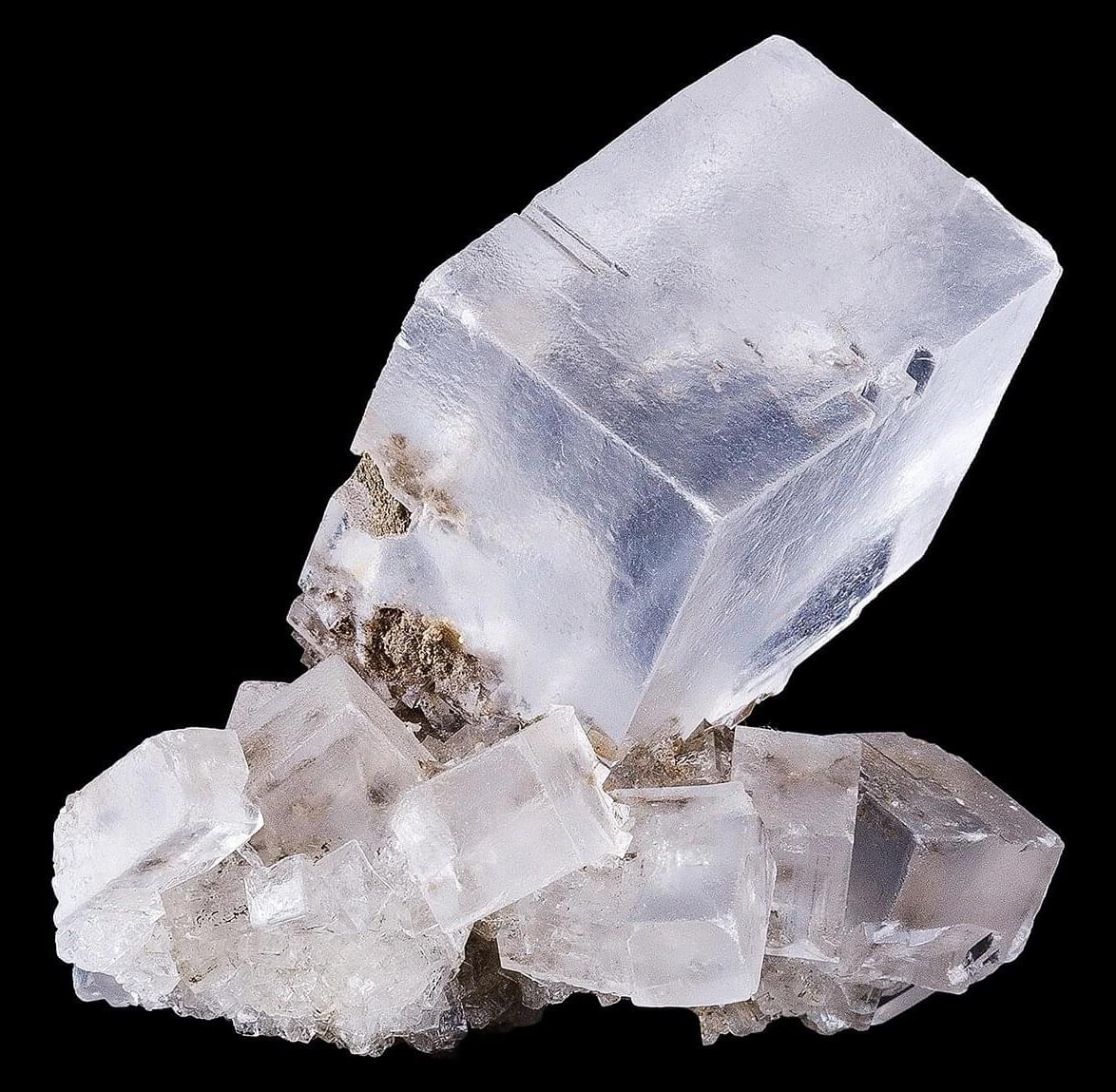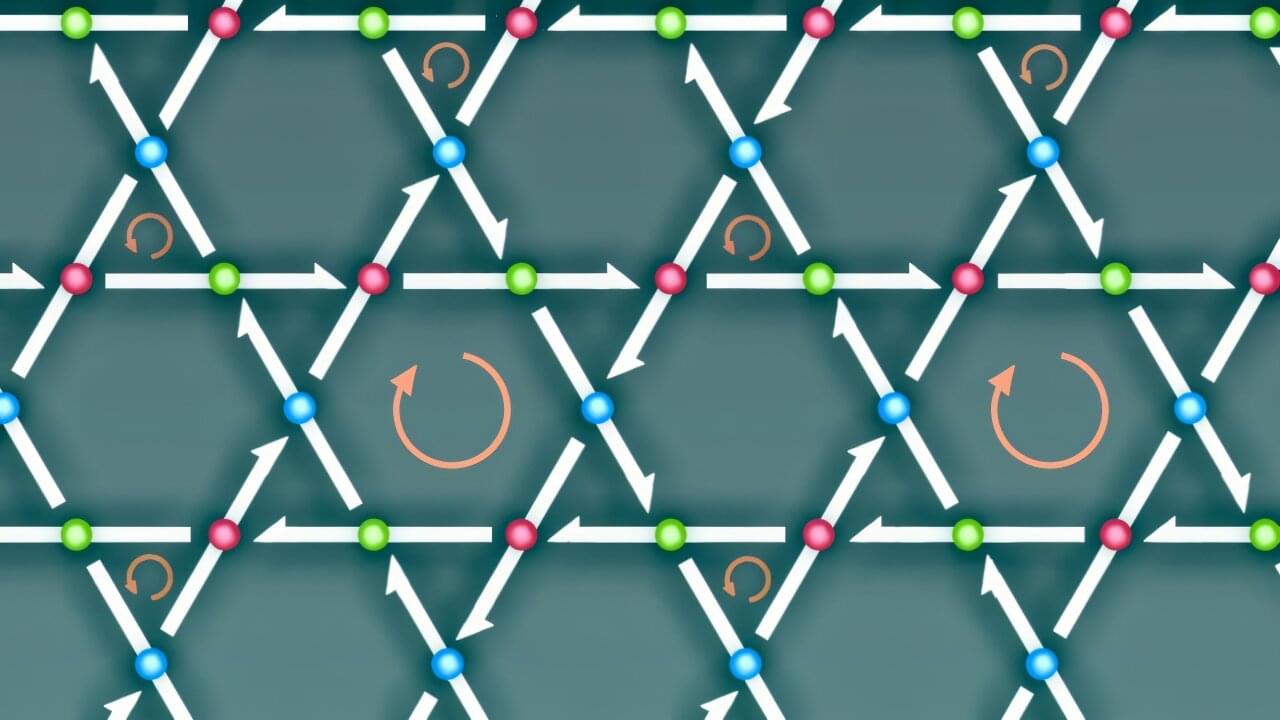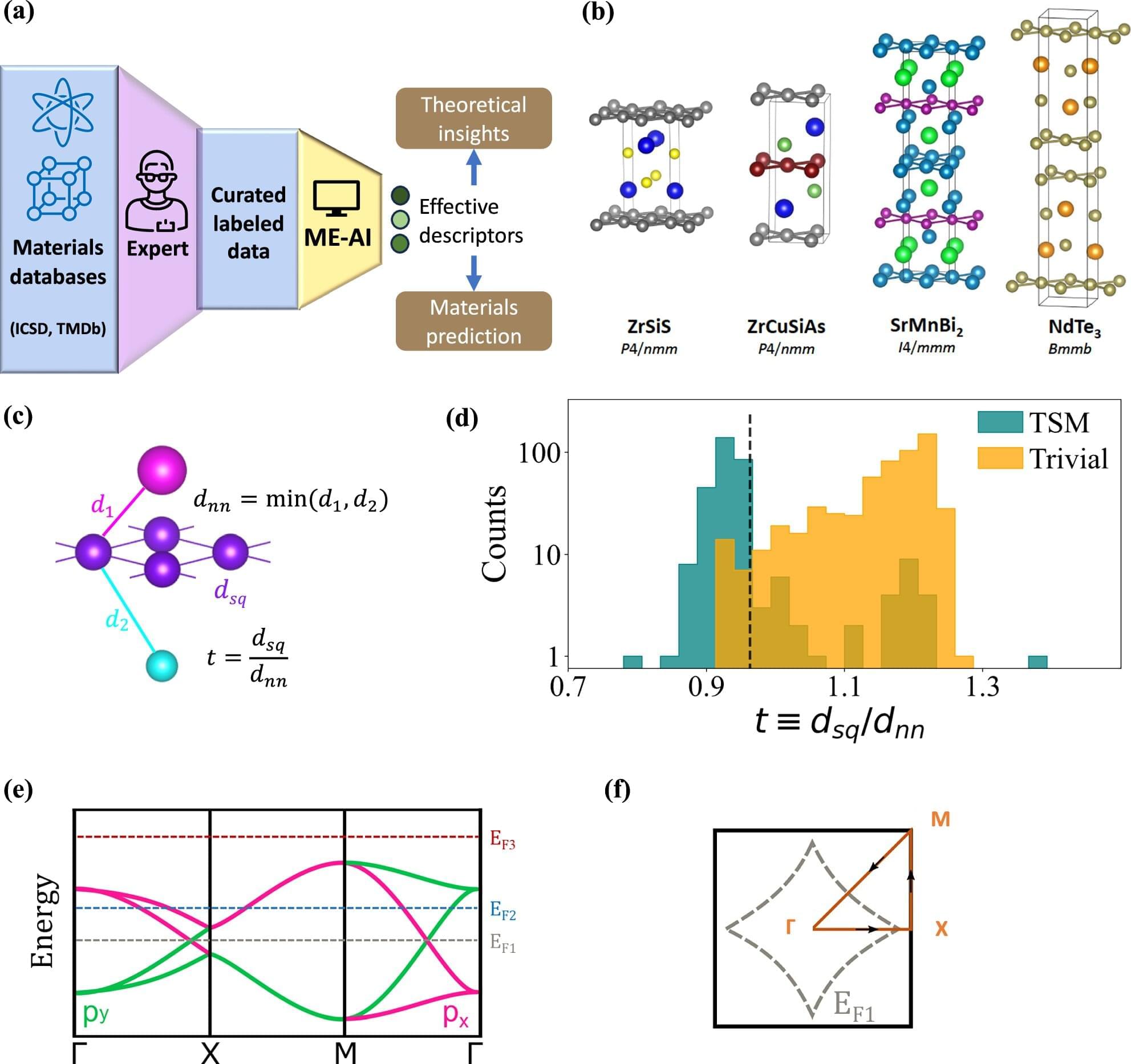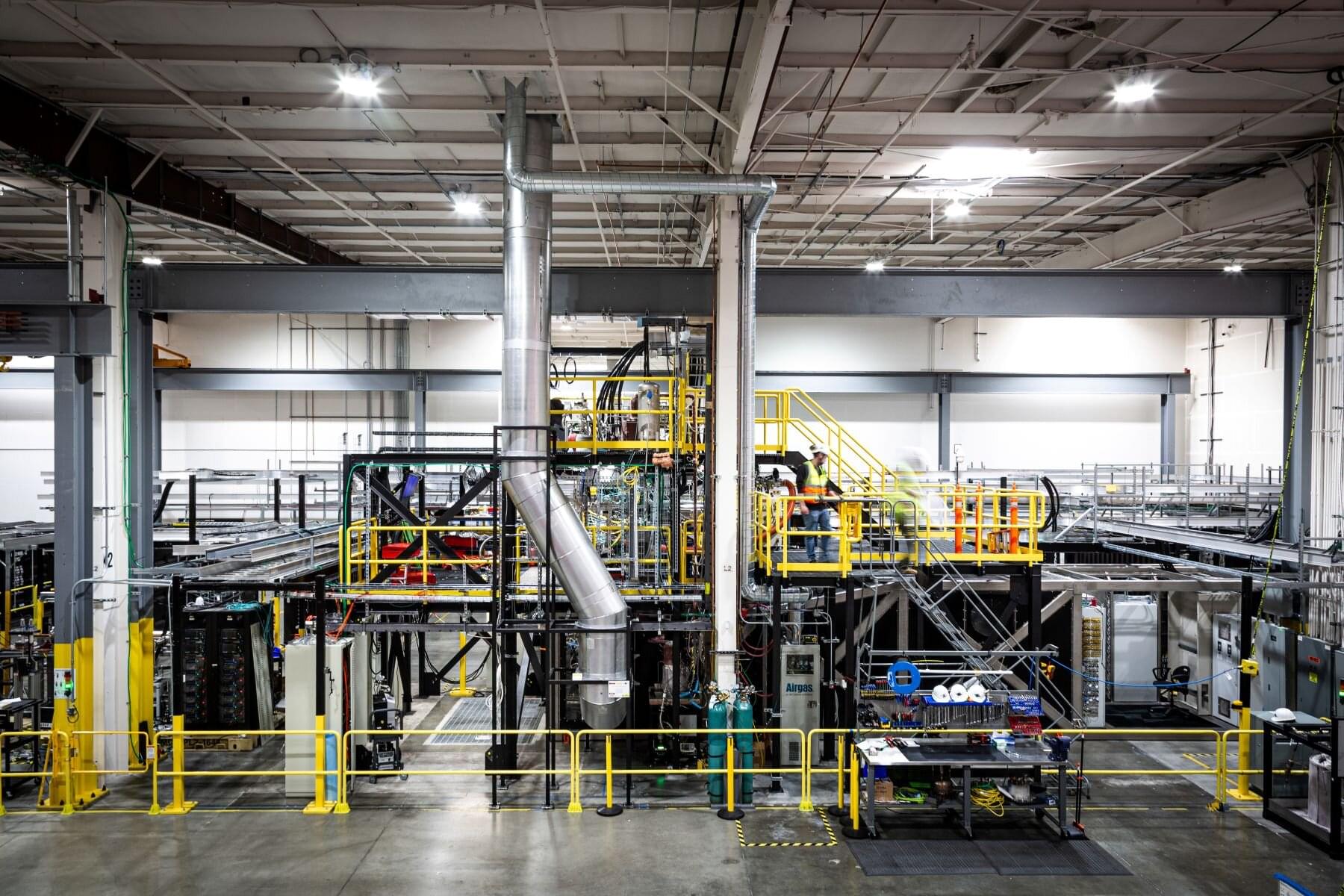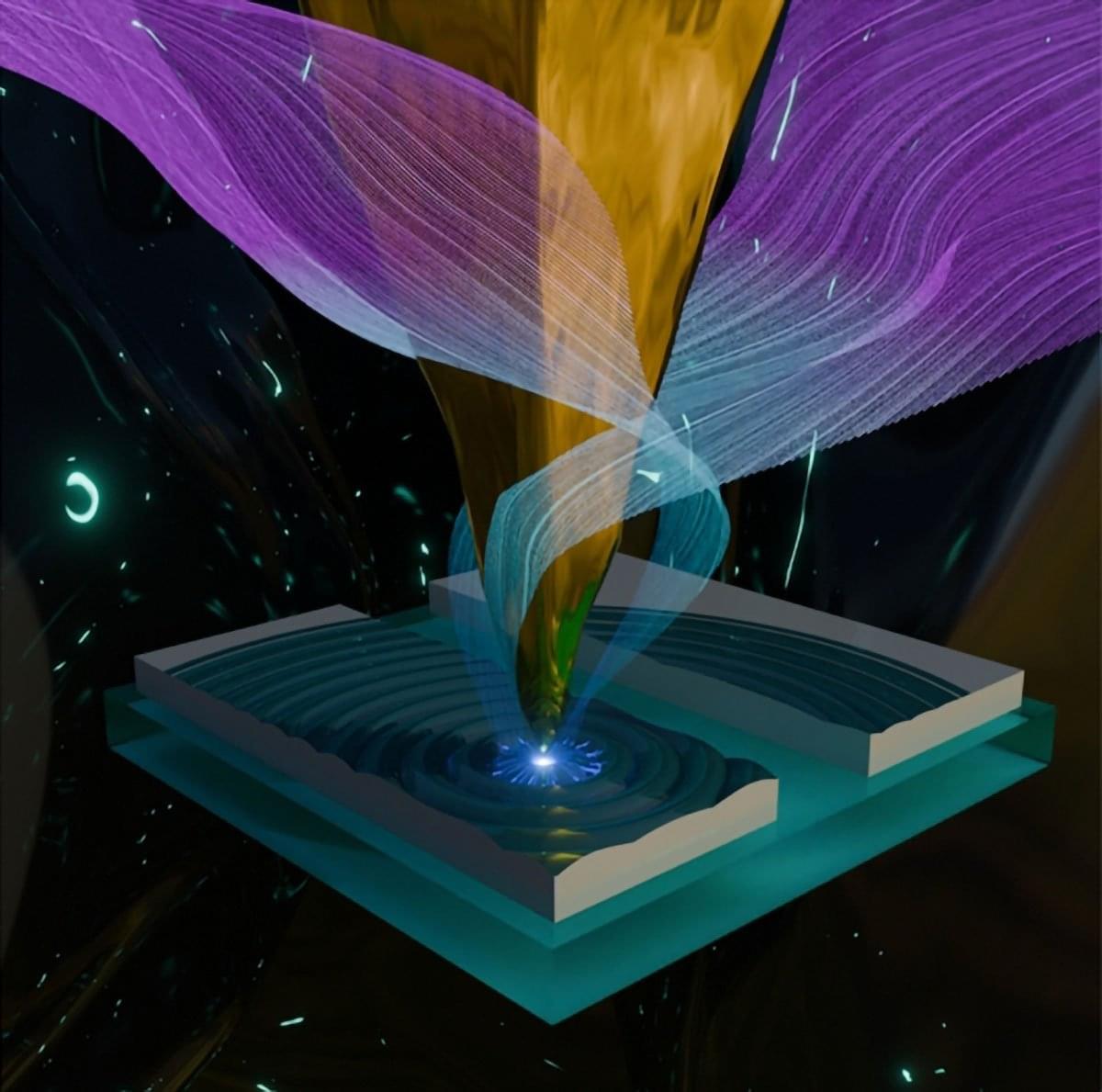Researchers from The University of New Mexico and Los Alamos National Laboratory have developed a novel computational framework that addresses a longstanding challenge in statistical physics.
The Tensors for High-dimensional Object Representation (THOR) AI framework employs tensor network algorithms to efficiently compress and evaluate the extremely large configurational integrals and partial differential equations central to determining the thermodynamic and mechanical properties of materials.
The framework was integrated with machine learning potentials, which encode interatomic interactions and dynamical behavior, enabling accurate and scalable modeling of materials across diverse physical conditions.

